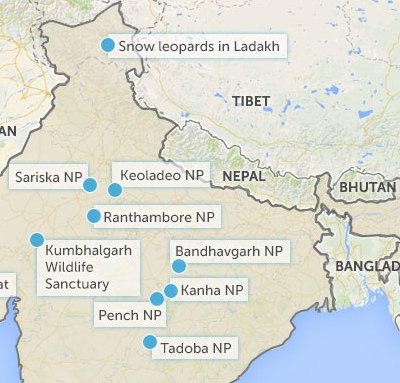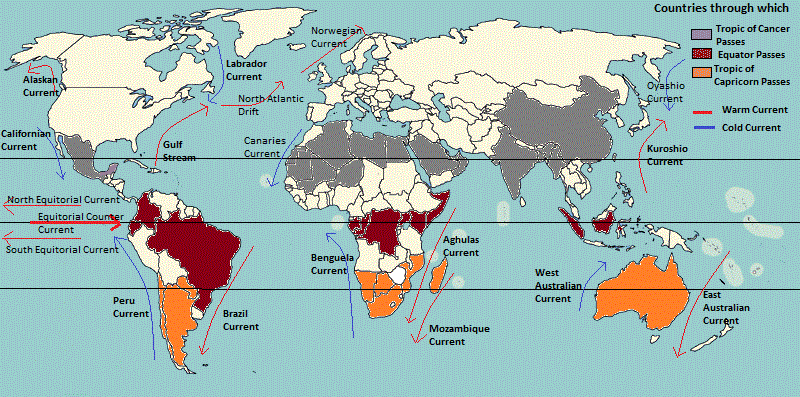900 319 0030
enquiry@shankarias.in
Interstitium layer
Bone tools
Co-operation on the response to Oil and Chemical Pollution
Bandhavgarh National Park

Wastes Generated at Nuclear Plants
Coast Guard ship ‘Bhikhaji Cama’
Map of the day
World

| Latitudes/Continents | Americas | Africa | Asia | Australia |
| Tropic Of Cancer | Mexico | Western Sahara, Mauritania, Mali, Algeria, Libya, Egypt, Niger | Saudi Arabia, U.A.E, Oman, India, Bangladesh, Myanmar, China, Taiwan | - |
| Equator | Ecuador, Colombia, Brazil | Gabon, Congo, Democratic republic of Congo, Uganda, Kenya, Somalia | Indonesia | - |
| Tropic of Capricorn | Chile, Argentina, Paraguay, Brazil | Namibia, Botswana, South Africa, Mozambique, Madagascar | - | Australia |
Source: PIB, The Hindu

Senthamizhan Selvaganesan 6 years
Does tropic of cancer pass through USA ie Hawaii islands